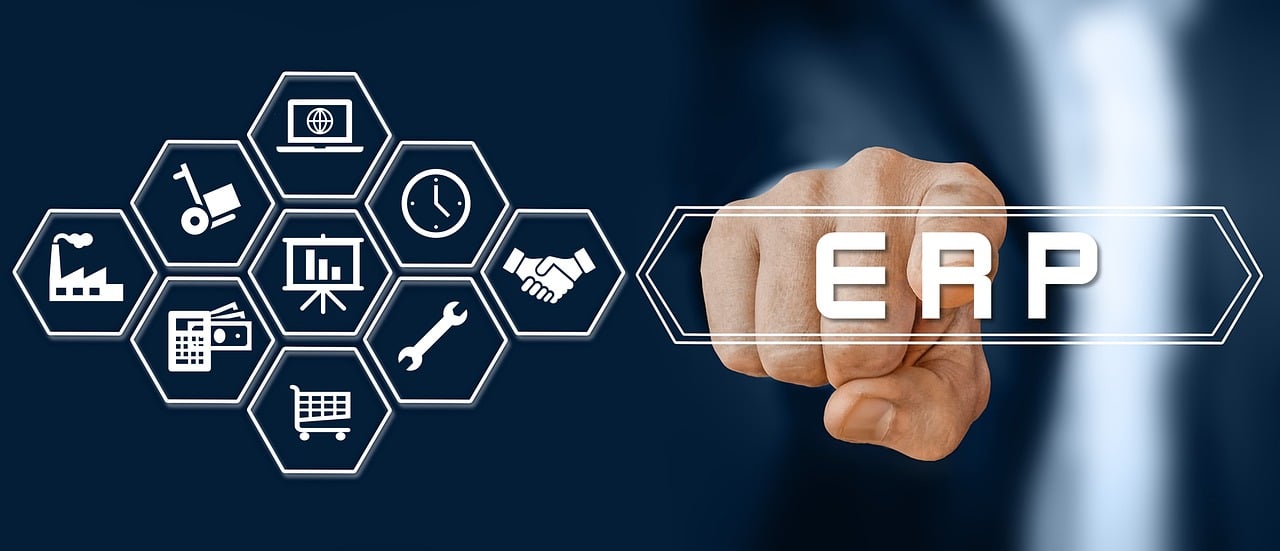Staying competitive in the dynamic landscape of modern business requires efficient management of resources, processes, and data. Enterprise Resource Planning (ERP) systems play a pivotal role in achieving this, streamlining operations, and fostering growth. In this article, we’ll delve into the world of ERP, addressing common questions and shedding light on its various aspects.

1. Understanding ERP Types
ERP systems come in various types, each tailored to specific business needs:
- Cloud ERP: Leverage the power of the cloud to access data and applications from anywhere.
- On-Premises ERP: Ideal for businesses with complex customization requirements and stringent security needs.
- Hybrid ERP: Combining the flexibility of cloud solutions with the control of on-premises systems.
2. Example of an ERP System
An excellent example of an ERP system is Apprentice Cloud’s Finance Solution, a comprehensive tool tailored to meet the intricate needs of financial businesses. This solution seamlessly integrates financial processes, enhancing accuracy and efficiency.
3. ODOO and ERP
Many wonder, “Is Odoo an ERP system?” Indeed, Odoo is a prominent ERP solution. Odoo ERP integrates key business functions, providing real-time insights and fostering collaboration across departments.
4. Components of an ERP System
ERP systems typically comprise four essential components:
- Software: The core ERP application that integrates various business processes.
- Hardware: Servers, computers, and devices required to run the ERP software.
- Data: Information used and generated by the ERP system.
- Procedures: Defined processes that govern how the system is used.
5. Types of ERP Classification
ERP systems are classified into four main categories:
- Vertical ERP: Tailored for specific industries.
- Horizontal ERP: Suited for general business needs.
- Small Business ERP: Scaled-down versions designed for smaller enterprises.
- Open Source ERP: Offers flexibility and customization options.
6. Major Processes in an ERP System
Every ERP system revolves around five key processes:
- Inventory Management: Optimizing stock levels and ensuring timely availability.
- Order Processing: Streamlining the order-to-cash cycle for enhanced customer satisfaction.
- Supply Chain Management: Integrating and optimizing the supply chain for efficiency.
- Procurement: Managing the acquisition of goods and services.
- Financial Management: Streamlining financial processes for accurate reporting.
- CRM: Some advanced ERP Solutions such as Odoo have Customer Relationship Management Module.
- Human Resources: Some advanced ERP Solutions have integrated HR Management into their system.
Conclusion: Enhancing Business Through ERP
In conclusion, ERP systems serve as the backbone of modern businesses, fostering efficiency and providing a competitive edge. Whether you’re in finance, healthcare (CareHMS Hospital Management), or general business needs, embracing ERP can revolutionize the way you operate.
To explore how Apprentice Cloud can empower your business, feel free to book a call with our experts. Unlock the full potential of your enterprise with ERP systems, paving the way for sustained growth and success.
